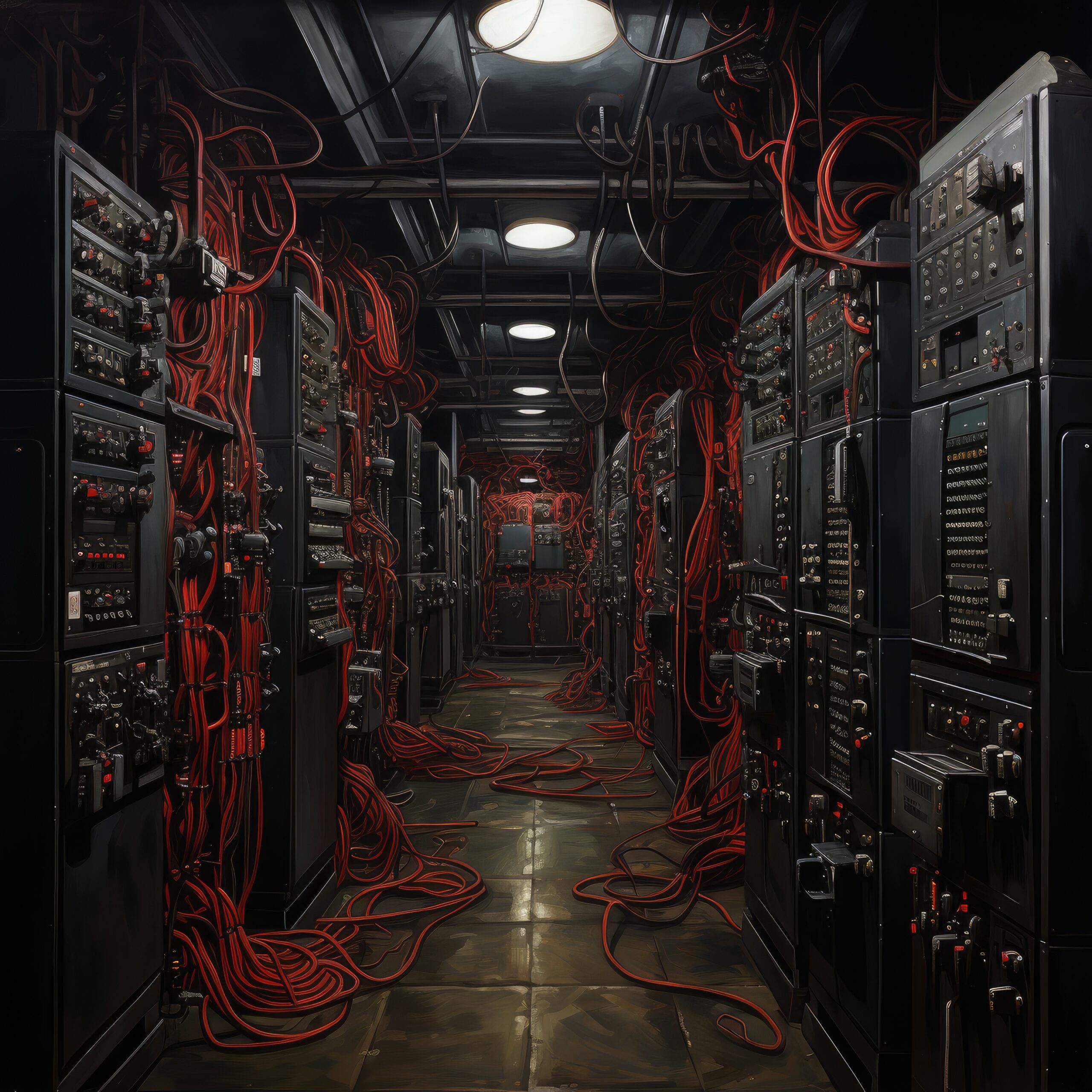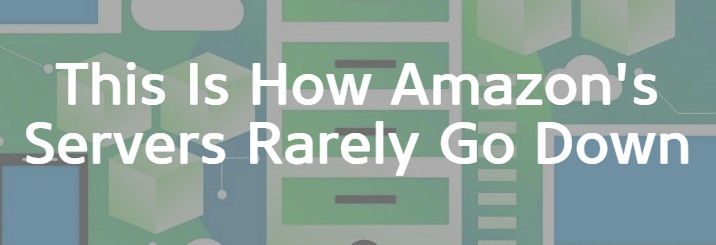Data Center News
Home / Data Center News.
Latest News
Get the latest news on data centers, cloud, colocation, & more.
Latest Post
Google has announced game-changing updates to its AI-optimized cloud, featuring fifth-generation TPUs and NVIDIA H100 GPUs. Companies like Gridspace have reported a 5x increase in AI model training speed using the TPU v5e. This move highlights the demands of generative AI and large language models, which have seen their ‘parameters’ increase tenfold annually. Another notable advancement is the introduction of Multislice technology, which supports scaling of AI models beyond the physical limits of TPU pods. This capability is expected to materially boost Google Cloud’s performance. Lastly, as Google and other hyperscalers industrialize, it is increasingly evident that compute is migrating to regional hubs of power with friendly development environments. These hubs are revitalizing our industrial stock and evolving into the central backbone of our modern compute industry.
This Is How Amazon’s Servers Rarely Go Down: Part 3 of 3
By Josh Symonds, March 7, 2017, AppDynamics. Final Thoughts By relying on auto scaling groups, AMIs, and a sensible provisioning system, you can create a system that is completely repeatable and consistent. Any server could go down and be replaced, or 10 more servers could enter your load balancer, and the process would be seamless, automatic, and almost invisible to you. And that’s the secret why Amazon’s services rarely go down. Not the hundreds of engineers, or dozens of datacenters, or even the clever products: It’s the automation. Failure happens, but if you detect it early, isolate it as much as possible,...
Anaheim-Los Angeles California Data Center
120,000 sf data center space available for lease, divisible from single racks up to 25,000 contiguous sf. Average move-in savings of $50,000+ (room construction, dedicated AC, dedicated power, backup battery system, etc). Various lease options and opportunities for data center operators. 12 plus prominent fiber and carriers on site.
Big 6 Data Center Revenue Per Employee
Revenue per employee is not a metric for company performance assessment, but it is reflective of the cost of doing business for various business models or vertical markets. In the data center industry each provider has a slightly different mix of pure-play data center, connectivity and managed services that affects revenue per employee. DuPont Fabros, Digital Realty’s most recent acquisition target, is the purest public wholesale provider and does not require excessive employee overhead to support their business model. As such they come in with over $4 million in revenue per employee. QTS, beyond offering both retail and wholesale data center,...
This Is How Amazon’s Servers Rarely Go Down: Part 2 of 3
By Josh Symonds, March 7, 2017, AppDynamics. Auto Scaling, Repeatability, and Consistency Amazon’s software-as-a-service (SaaS) offerings, such as RDS, are extremely convenient and very powerful. But they’re far from perfect. Generally, AWS products are much slower to provision compared to running the software directly yourself. Plus, they tend to be several software versions behind the most recent releases. In databases, this is a fine tradeoff. You almost never create databases so slow that startup doesn’t matter, and you want extremely stable, well-tested, slightly older software. If you try to stay on the bleeding edge, you’ll just end up bloody. But for other...
This Is How Amazon’s Servers Rarely Go Down: Part 2 of 3
By relying on auto-scaling groups, AMIs, and a sensible provisioning system, you can create a system that is completely repeatable and consistent. Any server could go down and be replaced, or 10 more servers could enter your load balancer, and the process would be seamless, automatic, and almost invisible to you. And that’s the secret why Amazon’s services rarely go down. Not the hundreds of engineers, or dozens of datacenters, or even the clever products: It’s the automation. Failure happens, but if you detect it early, isolate it as much as possible, and recover from it seamlessly—all without requiring human...








